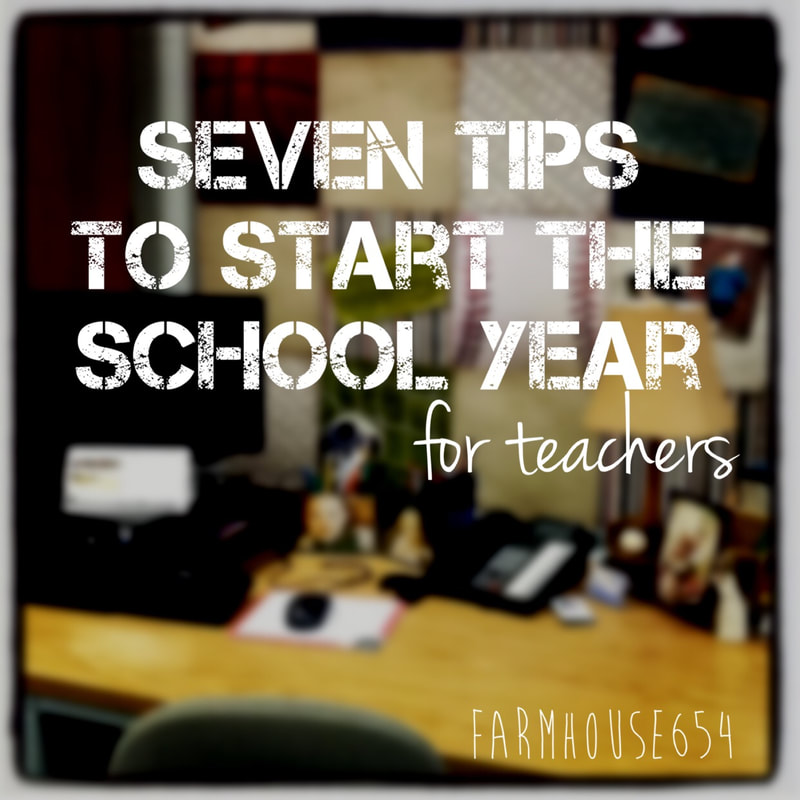In our school, we use the School-Side Positive Behavior Support model.
We have a behavior matrix with all of the expectations we have for our kiddos in each setting in our building. The matrix includes positive behaviors that we expect to see. All behaviors on the matrix fall under the umbrella of our school-wide expectations: be respectful, be responsible, and be safe. Because our elementary school uses the same language from kindergarten to sixth grade when it comes to behavior, we have a head-start on coming up with classroom expectations. Beyond the SW-PBS matrix, I also use the five classroom rules found in the Whole Brain Teaching curriculum to help my classroom run smoothly.
I teach these the first day of school and we work hard to practice them several times throughout the first few weeks. I display them on the walls, we recite them out loud, and we come up with examples and non-examples of each expected behavior. It takes a lot of time in the first days of school, but it is worth it to have a classroom in which students know what is expected at certain times. My room often has "controlled chaos" going on, where kids are visiting with each other about their books or working together on a collaborative project. Because of my guidance and practice with the classroom rules at the beginning of the year, they know that "Rule Number 2" doesn't apply during a group project. It all comes back to clear explanations, practice, practice, and more practice. Whatever you do, define & model your expectations, let them practice, and follow-through with whatever needs to happen should they not follow the expectations appropriately. They will rise to what you expect. I promise. 5. Think about Parent Communication. Parent Communication is kind of intimidating for a new teacher...at least it was for me. The biggest thing that I can suggest is to OVER-communicate. The parents of your students know them better than anyone else. They are (usually) your student's biggest advocate and should be your most helpful teammate. I stress at the beginning of the year to parents that I want us to work together to give their kids the best year possible. And guess what? It works. There are sometimes hard conversations that have to take place. Going to a parent about a difficult situation is much easier when you have been keeping them up-to-date in their students' day-to-day classroom life before making that phone call. A few things that I like to do to share information with parents are:
6. Think about your Classroom Library. After all of that, I usually start putting together my classroom library. I have had it organized in so many different ways through the years. Last year, I think I figured out the way that works best for my room. I have large plastic tubs for nonfiction picture books. They are labeled by subject area or by author, depending on what types of text they are. My fiction picture books are housed on an awesome Hallmark card shelf that I bought for $30 several years ago when a store in our town went out of business (teacher score!). My chapter books are all on a spinning shelf that I bought at the same sale for $45 (again, score!), except for my series chapter books, which are in tubs labeled by series or author. I do have the reading level and/or lexile level written in the back of each book. I don't limit students to that number all the time, because I know that students can push themselves to read books higher than their expected reading level. I also know that some kids want to have a "fun read" that is way lower than their reading level. And I am GREAT with that! I want to create good readers who love to read! So for the most part, I let them choose their own books. I have leveled the books because some students need some assistance in choosing a book that is reasonable for them. These are good conversation pieces for us during reading conferences. Some students use them as a guide and some don't...I am okay with either. If a student is reading something that is far too hard for them or far too easy, I will find out during our reading conferences and I can help to get them into a book that is a better "fit". 7. Finally...think about your Classroom Layout. Last, but not least...I think about my classroom layout. Like I said at the beginning of my first post about school year prep, I used to do this first. I would get my room how I thought I wanted it and then when I started to think about curriculum, grading, data, parents, and my classroom library, I would change it all around! Now I'm trying hard to begin with the end in mind and make my classroom vision a reality by saving this step until last. There will always be changes and adjustments that take place after we meet our students...and then again after we spend a week with them, and a quarter, and I even make changes over Christmas break! But at least when I focus on these seven things, I can feel like I've got a pretty good handle on how I want my classroom to run and what I want to accomplish with my new sweet darlings. Three weeks and counting, teacher friends. Three weeks and counting. P.S. Turns out we're not closing on the farmhouse today. I know it's all in God's timing, but if you could pray with us that it happens tomorrow, that would be great. ❤️🏡❤️
0 Comments
Leave a Reply. |
Archives
January 2024
Categories
All
|



 RSS Feed
RSS Feed

